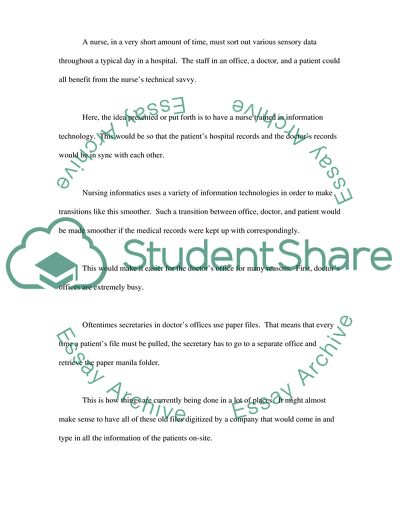Cite this document
(“Informatics and Application Systems in Health Care Admission/ Essay”, n.d.)
Informatics and Application Systems in Health Care Admission/ Essay. Retrieved from https://studentshare.org/health-sciences-medicine/1566375-see-instruction-below-masters-of-science-in-nursing-course-paper
Informatics and Application Systems in Health Care Admission/ Essay. Retrieved from https://studentshare.org/health-sciences-medicine/1566375-see-instruction-below-masters-of-science-in-nursing-course-paper
(Informatics and Application Systems in Health Care Admission/ Essay)
Informatics and Application Systems in Health Care Admission/ Essay. https://studentshare.org/health-sciences-medicine/1566375-see-instruction-below-masters-of-science-in-nursing-course-paper.
Informatics and Application Systems in Health Care Admission/ Essay. https://studentshare.org/health-sciences-medicine/1566375-see-instruction-below-masters-of-science-in-nursing-course-paper.
“Informatics and Application Systems in Health Care Admission/ Essay”, n.d. https://studentshare.org/health-sciences-medicine/1566375-see-instruction-below-masters-of-science-in-nursing-course-paper.


